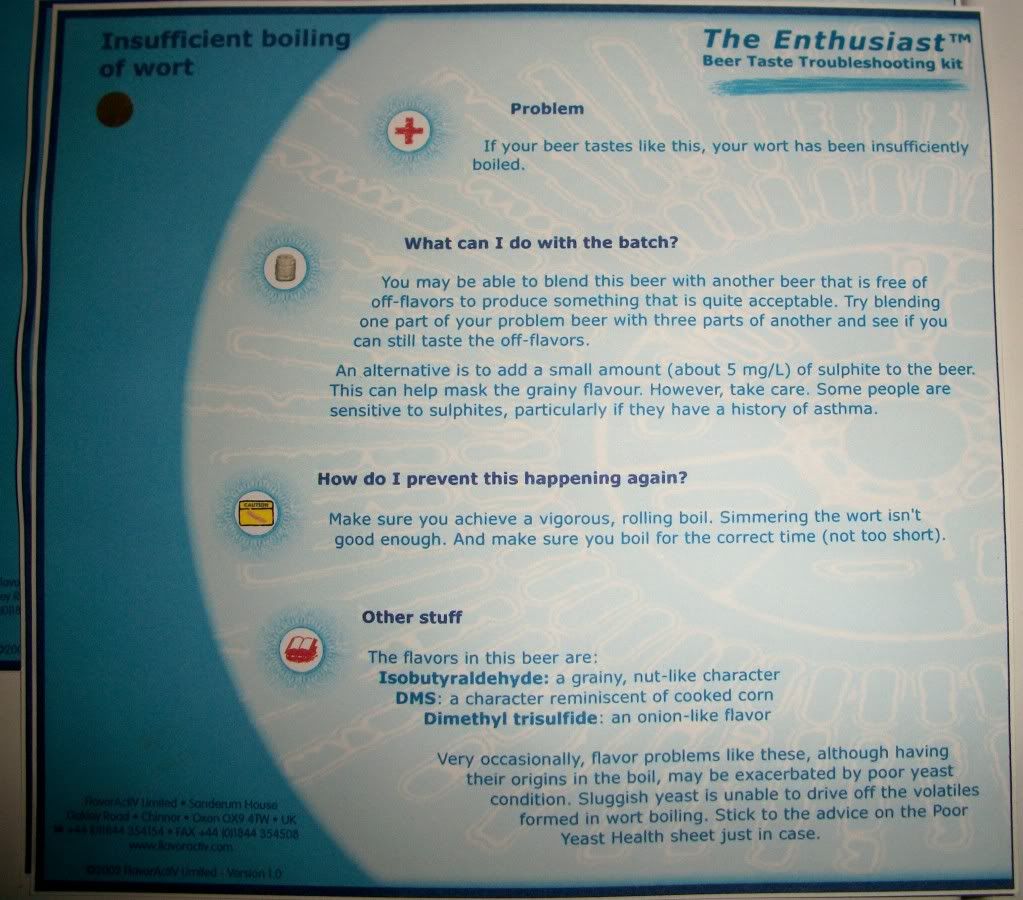mrfocus
Well-Known Member
In an attempt to help brewers, and to compare numbers between different brewers, I was wondering if you people could post the diameter of your boil kettle as well as your boil-off rate in number of gallons. These don't have to be exact numbers, but I would like to compile them and eventually do averages for different diameters of BKs.
PS. I know the boil-off rate depends on quite a few different things (the most important other factor would be the BTU of the power source, elevation counts as well, other smaller ones are ambient temperature and humidity, etc.) I would simply like to collect some data so people can see if they are close to what other people have.
Eventually this post will be edited to include averages for different sizes of BKs.
PS. I know the boil-off rate depends on quite a few different things (the most important other factor would be the BTU of the power source, elevation counts as well, other smaller ones are ambient temperature and humidity, etc.) I would simply like to collect some data so people can see if they are close to what other people have.
Eventually this post will be edited to include averages for different sizes of BKs.



